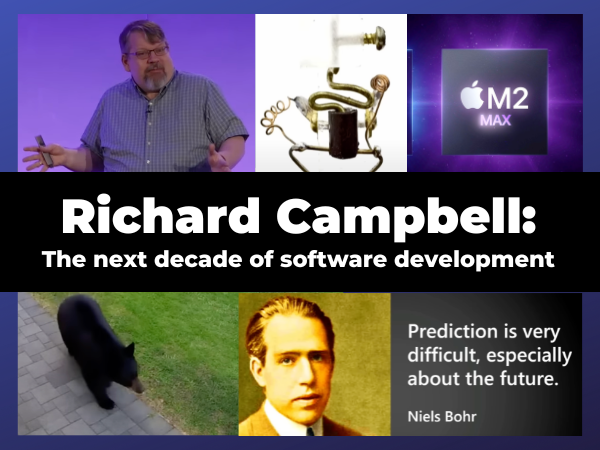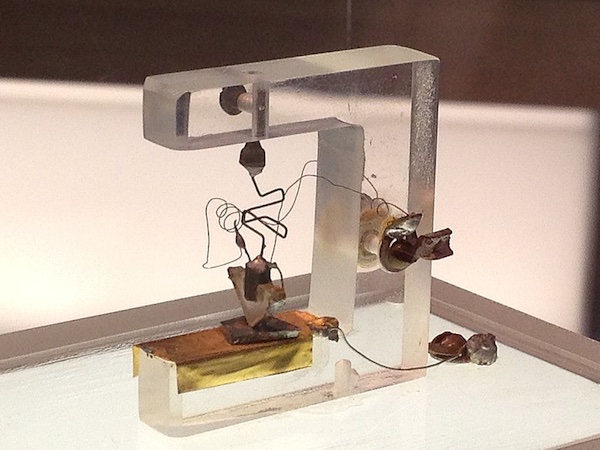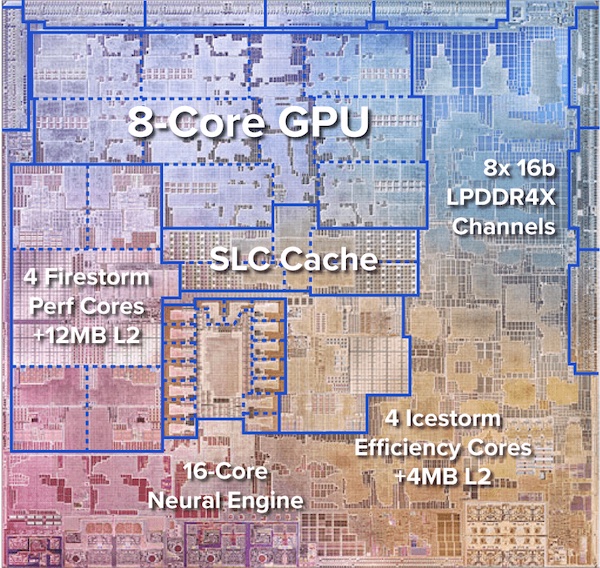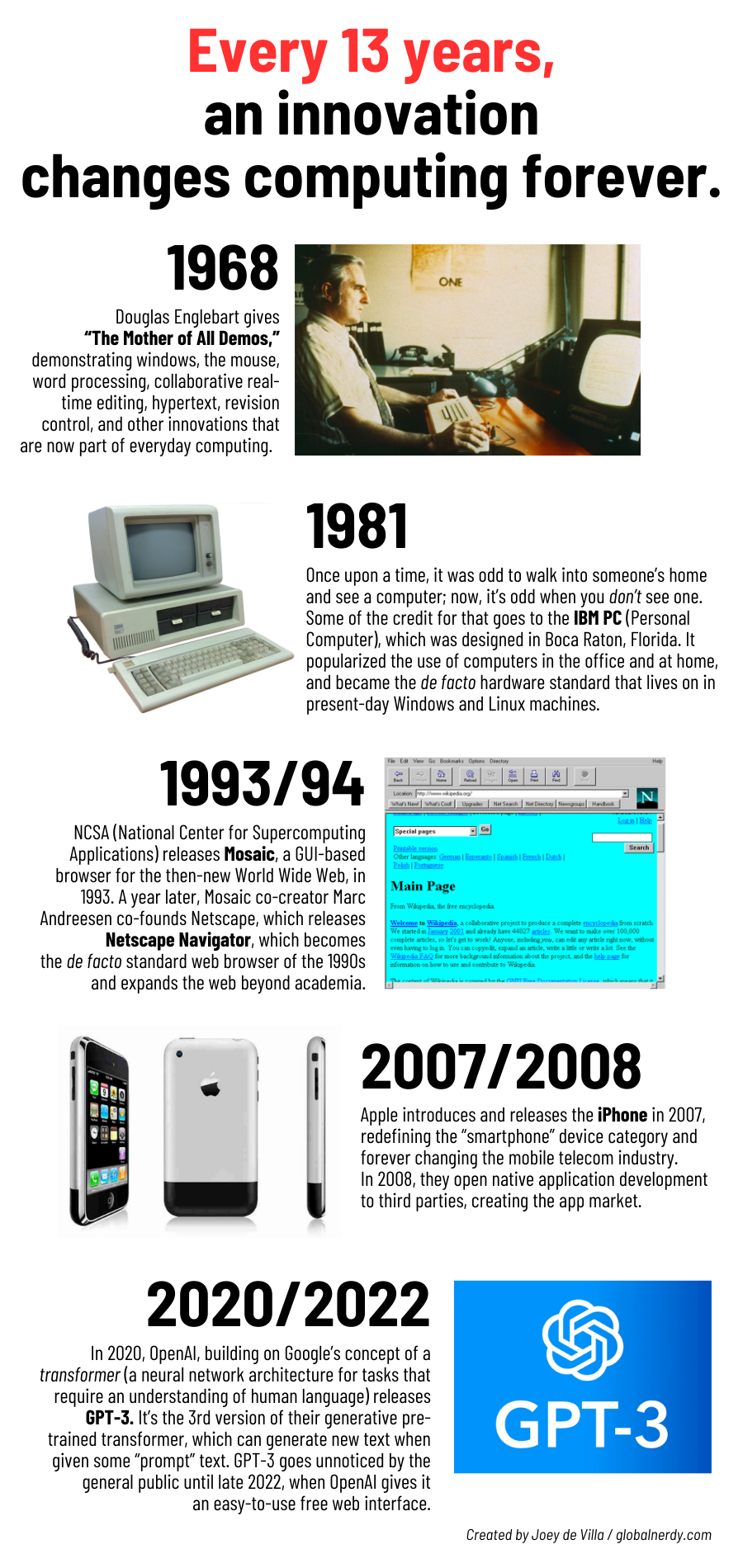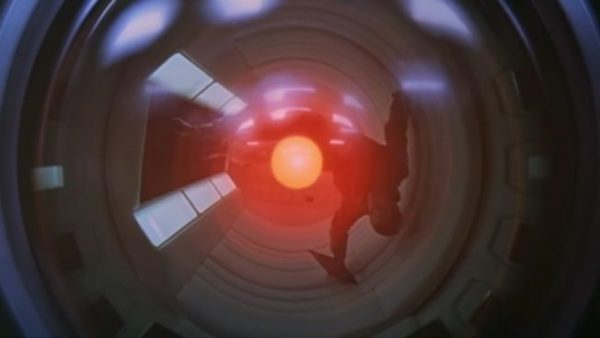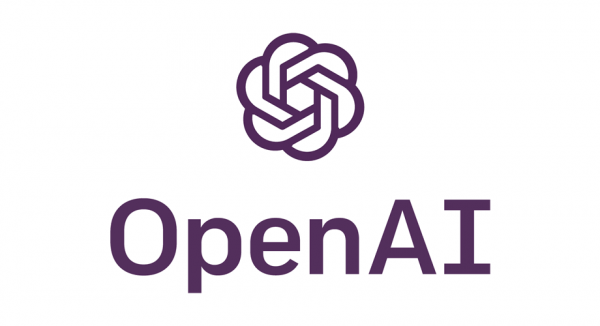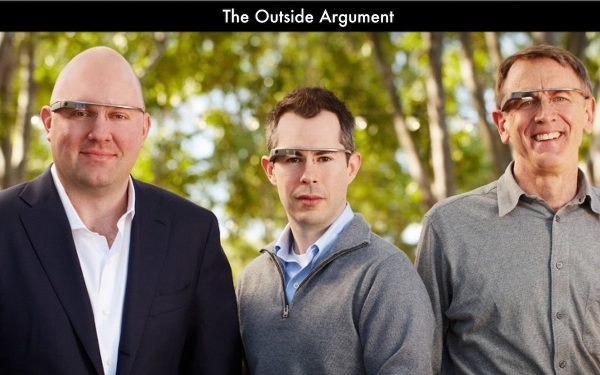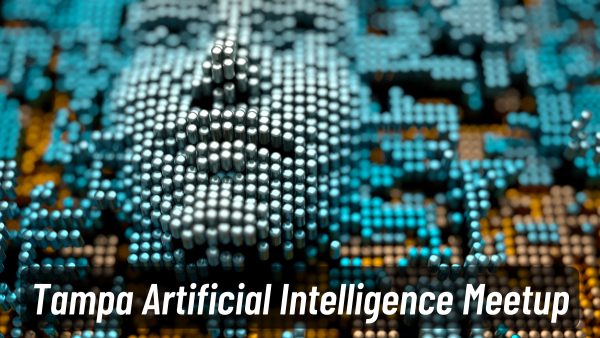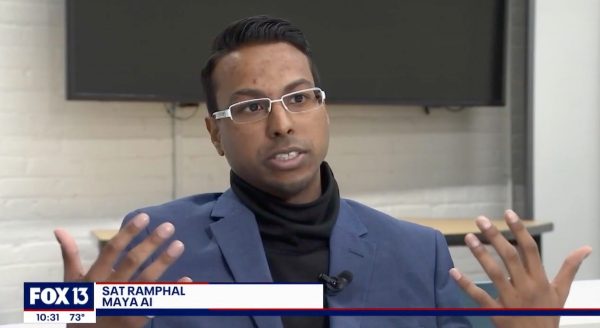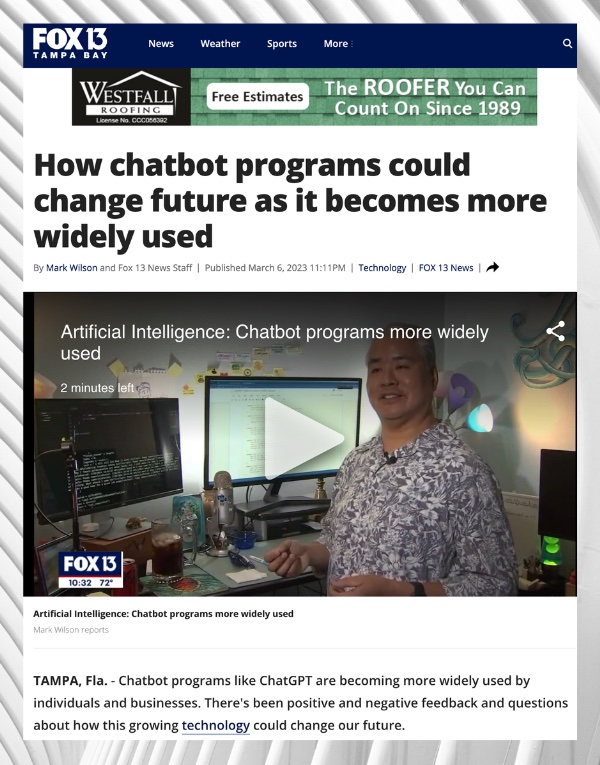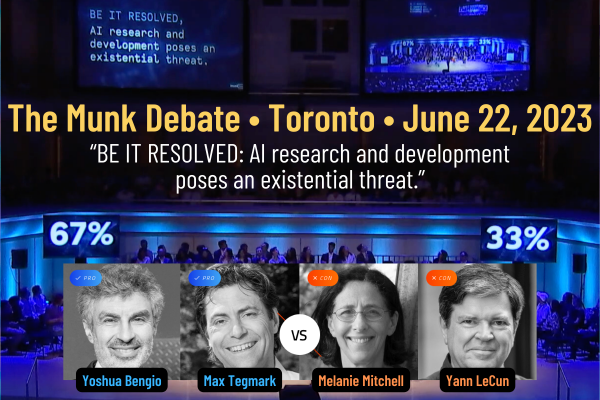
Last week, the Munk Debates — a Toronto-based series of debates on important topics of the day — hosted a debate with four notable AI/machine learning professors where the resolution was: BE IT RESOLVED: AI research and development poses an existential threat.
On the “pro” side — that is, the people arguing that AI research and development IS an existential threat:
- Yosuha Bengio: Professor at the Department of Computer Science and Operations Research at the Université de Montréal and scientific director of the Montreal Institute for Learning Algorithms. Specializes in neural networks and deep learning. He won the Turing Award with Yann LeCun and Geoffrey Hinton for their work on machine learning.
- Max Tegmark: Professor at MIT, physicist, cosmologist, and machine learning researcher. Also the president of the Future of Life Institute (the publisher of the “Pause Giant AI Experiments” letter) and supporter of effective altruism (the questionable philosophy for which FTX’s chief grifter Sam Bankman-Fried was the poster boy).
And on the “con” side — the people who are arguing that AI research and development IS NOT an existential threat:
- Melanie Mitchell: Professor at the Santa Fe Institute, who’s worked in the areas of analogical reasoning, complex systems, genetic algorithms and cellular automata. She’s the author of the book AI: A Guide for Thinking Humans, published in 2019.
- Yann LeCun: Meta’s chief AI scientist and professor at New York University, best known for his work on computer vision, optical character recognition, and convolutional neural networks. He won the Turing Award with Yoshua Bengio and Geoffrey Hinton for their work on machine learning.
They asked the audience to vote for a side at the start and conclusion of the debate, and while a clear majority were on the “pro” side (that is, they believed AI poses an existential threat), the “con” side won by gaining 4% of the vote at the end:
It’s hard to tell whether the Munk Debates really want you to pay to watch the video, as they have it locked down on this page and freely available on this one, so I’m linking to this YouTube posting for as long as it remains online. Enjoy!


